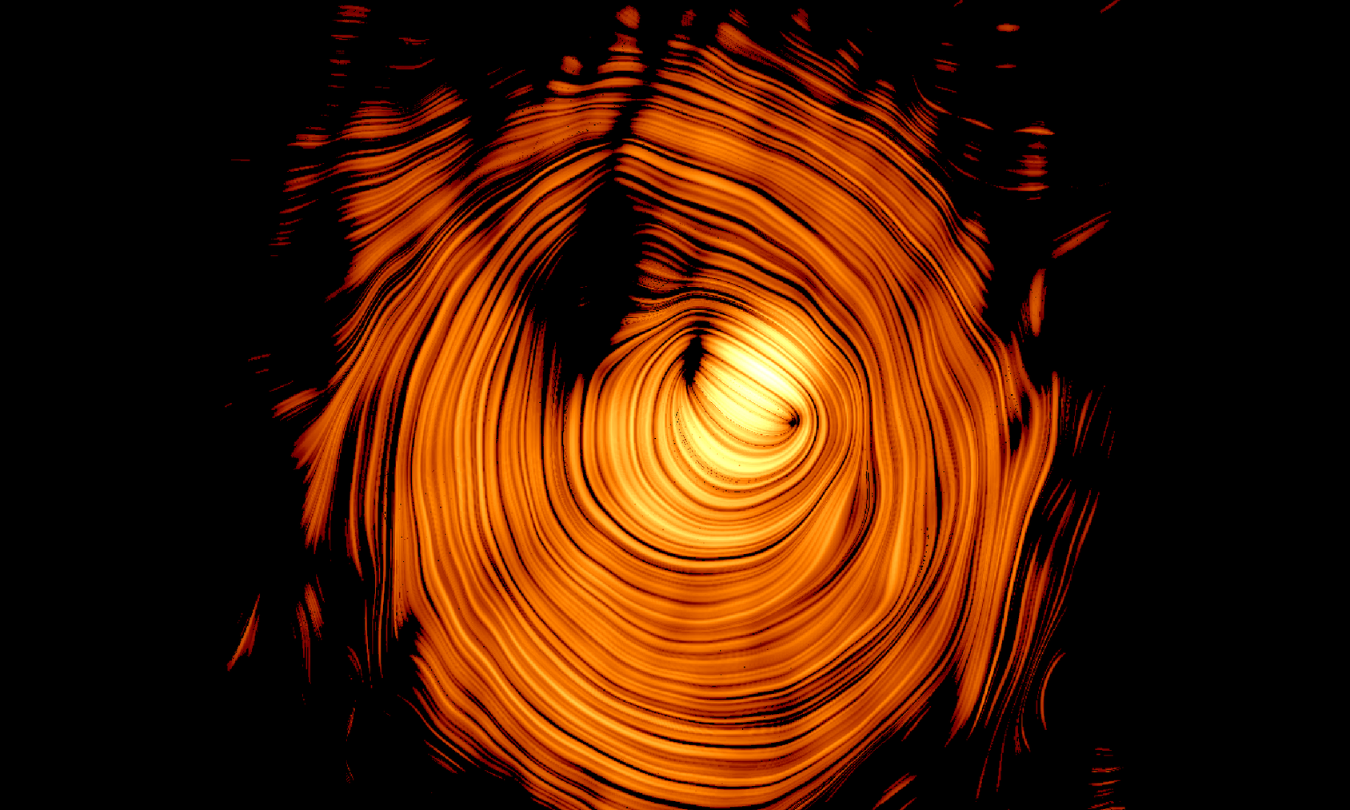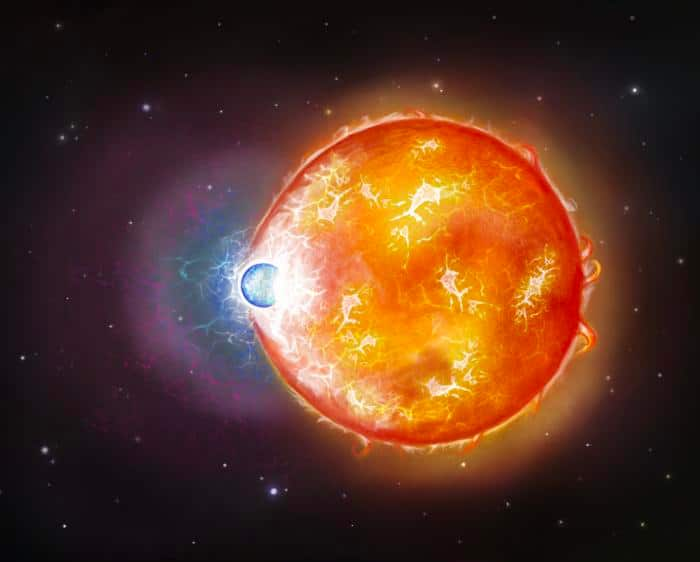Exploring the Depths of Quantum Mechanics: New GHZ Paradox Study Reveals Photons in 37 Dimensions

In an intriguing development within the realm of quantum physics, a recent study has pushed the boundaries of our understanding of the Greenberger–Horne–Zeilinger (GHZ) paradox. This paradox serves as a critical cornerstone in illustrating the limitations of classical physics when applied to the quantum world. It emphasizes that quantum behavior often defies local realistic descriptions, leading to a deeper exploration of what non-classical reality entails.
The researchers embarked on an ambitious experiment aiming to uncover the extent of non-classicality in quantum particles, specifically focusing on photons. In a remarkable feat, the team managed to create and manipulate photons that existed in a staggering 37 dimensions. This multi-dimensional approach opens up new avenues for exploring the complexities of quantum systems, which are often described as 'weird' by those familiar with their properties.
Classical and quantum mechanics exist in stark contrast to one another, particularly when it comes to phenomena such as quantum entanglement. This phenomenon posits that the state of one particle can instantaneously affect another, regardless of the distance separating them. Albert Einstein famously referred to this phenomenon as 'spooky action at a distance,' highlighting the challenges classical physics faces in explaining such nonlocal interactions.
At the heart of the GHZ paradox lies the notion of quantum nonlocality, which suggests that particles can influence one another across significant distances in a manner that seems to defy the constraints of classical physics. The GHZ paradox, introduced by physicists Daniel Greenberger, Michael Horne, and Anton Zeilinger in 1989, underscores the mathematical contradictions that arise when classical principles are applied to quantum systems. For instance, this paradox can lead to scenarios where conventional mathematical logic breaks down, such as the calculation where 1 equals -1.
The collaborative effort behind this latest research, published in the journal Science Advances, sought to explore just how far quantum mechanics can diverge from classical understanding. The outcome was even more astonishing than anticipated, revealing a level of non-classical behavior in photons that had not been previously observed.
According to Zhenghao Liu, a co-author from the Technical University of Denmark, this experiment has unveiled that quantum physics is more nonclassical than many had previously believed. "It could be," Liu noted, "that 100 years after its discovery, we are still only seeing the tip of the iceberg." This statement reflects the ongoing journey into the enigmatic world of quantum mechanics, where countless mysteries remain to be unraveled.
Executing such complex experiments is no small task. The research team had to intricately manipulate the properties of coherent light—considering aspects such as color and wavelength—to successfully produce and control the photons in these high dimensions. Liu claims this represented the most profound nonclassical effects ever created in the quantum realm.
The implications of this research are significant, suggesting that there are numerous opportunities for future inquiries into high-dimensional quantum systems. The authors express optimism that their findings could facilitate breakthroughs that enhance quantum advantages in various applications. In essence, as we peel back the layers of quantum mechanics, one cannot help but wonder what remarkable discoveries lie just beneath the surface of our current understanding.






























